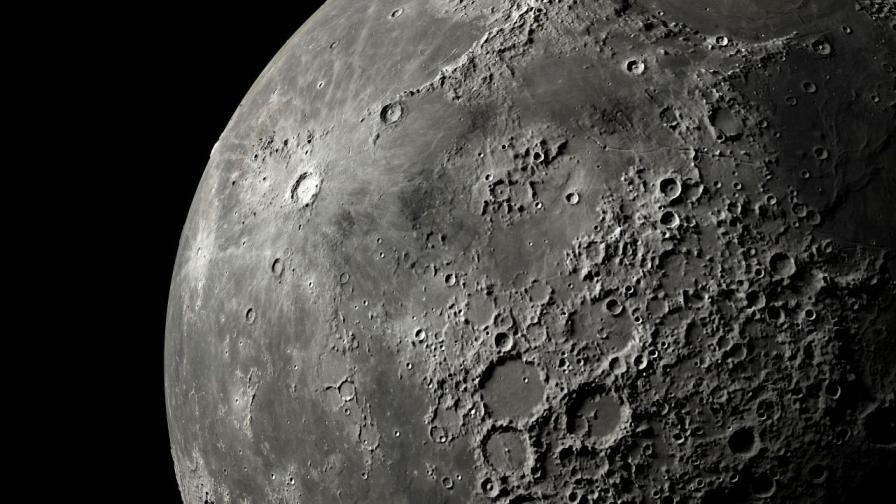This can be a valuable source of water for the future colony
The moon is again interesting for humanity and it is preparing for new missions next to it, including building a permanent base there. To this end, the use of available resources will be very important.
The availability of water is a big advantage, and according to a new study by the University of Colorado Boulder, there may be large deposits of ice under the surface of the moon. They are most likely created by ancient volcanoes.
The moon does not currently have active volcanoes, but there were in the early years. Scientists have made a computer model that simulated the processes at that time. He shows that the volcanoes probably generated a large amount of water vapor, which returned to the surface and froze. Over time, they were covered in dust and debris.
According to scientists, it is possible that 5-10 meters below the surface there are huge and thick ice reserves. The study supports the idea of older developments that there may be much more ice on the moon than previously thought. This is especially possible in depressions, craters and other shady places where there is not much sunlight.
This is where possible ice deposits must be sought first. Similar missions are already being prepared, including with the VIPER spacecraft. There is also an open competition for development for digging and extracting ice from lunar reserves. Only a real on-site inspection can confirm whether the scientists’ conclusions are correct.









